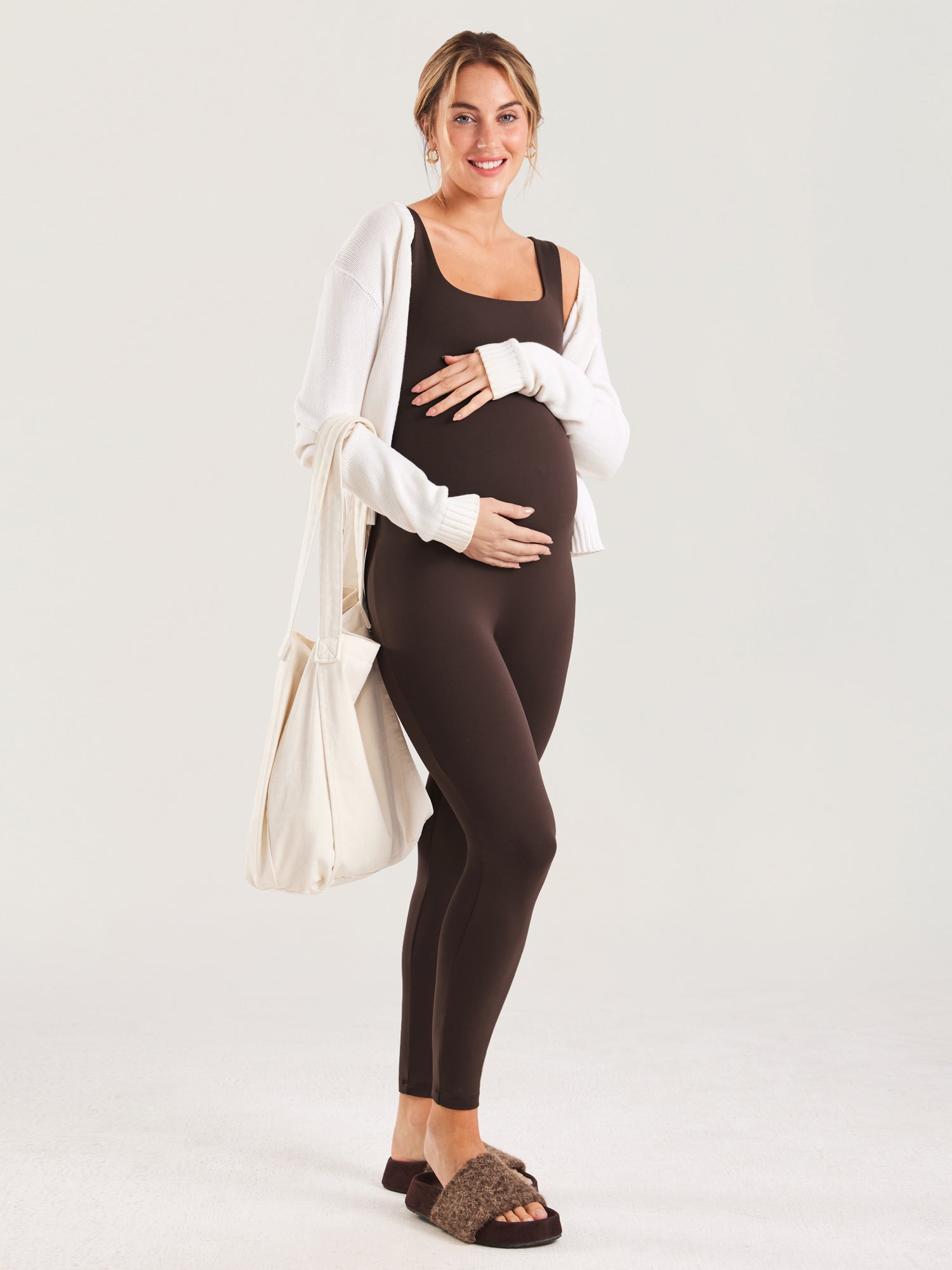Childbirth is a life-changing experience, but it can also come with lingering physical challenges. One such challenge is tailbone pain, which can persist even a year after giving birth. This pain can affect daily activities, making it difficult to sit comfortably, engage in physical activities, or even perform simple tasks like bending over or standing for extended periods. If you're experiencing tailbone pain a year after giving birth, you're not alone. In this article, we will explore the causes, symptoms, and treatments for this condition to help you understand and manage it effectively.
What Causes Tailbone Pain After Birth?
The tailbone, or coccyx, is located at the base of the spine. During childbirth, especially vaginal delivery, the tailbone can undergo significant stress and pressure. Here are some common causes of tailbone pain that may develop after giving birth:
Trauma During Delivery: The process of giving birth can cause physical trauma to the coccyx, especially if the baby is large, or if the delivery involves forceps or vacuum assistance. This trauma can lead to inflammation or misalignment of the tailbone, which may result in pain.
Prolonged Labor: A long and difficult labor may increase the pressure on the tailbone. Prolonged periods of sitting or pushing can put strain on the area, leading to discomfort that lingers after birth.
Postural Changes: After childbirth, your posture may change due to the healing process, breastfeeding, and carrying the baby. These changes can put added stress on your spine and pelvis, contributing to tailbone pain.
Hormonal Changes: During pregnancy, the body produces hormones that loosen ligaments and joints to prepare for childbirth. These changes can make the coccyx more susceptible to pain after delivery.
Chronic Conditions: Conditions such as coccydynia, an inflammation of the tailbone, can develop after childbirth. This can cause chronic pain that doesn’t go away on its own.
Symptoms of Tailbone Pain One Year After Birth
If you're experiencing tailbone pain a year after giving birth, the symptoms can vary. Common symptoms include:
Pain when sitting or standing: One of the most noticeable symptoms is pain when sitting down, especially on hard surfaces. The discomfort may feel like a sharp pain or a dull ache.
Pain when bending or lifting: Activities like bending over to pick something up or standing up from a sitting position may exacerbate the pain.
Tenderness at the base of the spine: You may feel tenderness when you press on the tailbone area.
Pain radiating to other areas: The pain may radiate to other parts of the lower back, hips, or buttocks.
How to Treat Tailbone Pain After Birth
While tailbone pain can be distressing, there are several ways to manage it. Treatment options vary depending on the severity and cause of the pain. Here are some effective methods for relief:
1. Rest and Posture Modification
One of the most important steps in managing tailbone pain is ensuring that you give your body the rest it needs to heal. Avoid sitting for long periods and try to use a cushion or pillow with a cutout in the center when sitting to relieve pressure on the tailbone. Pay attention to your posture while sitting, standing, and walking to avoid putting undue pressure on the coccyx.
2. Heat and Ice Therapy
Using heat or cold therapy can help reduce inflammation and relieve pain. Apply a cold pack to the area for the first 48 hours after the pain starts to reduce swelling, followed by heat therapy to relax the muscles and ease the pain.
3. Physical Therapy
Physical therapy can be highly beneficial for tailbone pain. A physical therapist can guide you through exercises and stretches that help strengthen the muscles surrounding the coccyx, improving flexibility and posture.
4. Pain Medication
Over-the-counter medications, such as ibuprofen or acetaminophen, can help manage the pain. In more severe cases, a doctor may prescribe stronger medications to reduce pain and inflammation.
5. Manual Manipulation or Chiropractic Care
Some individuals find relief through chiropractic care, where a chiropractor uses gentle manipulation techniques to realign the spine and alleviate pressure on the tailbone.
6. Injections
In severe cases, a coccygeal injection, which involves injecting steroids or anesthetics into the tailbone area, may provide long-term pain relief. This should only be considered after other treatments have failed.
7. Surgery
In rare cases, surgery may be necessary to remove the tailbone if other treatments fail. This is typically considered a last resort and is only recommended in extreme cases.
Preventing Tailbone Pain After Birth
While it may not always be possible to prevent tailbone pain, there are steps you can take to reduce your risk:
Practice good posture: Maintaining proper posture while sitting, standing, and walking helps alleviate pressure on the tailbone.
Avoid prolonged sitting: Sitting for long periods of time can exacerbate tailbone pain, so try to take frequent breaks and stand up or walk around.
Exercise regularly: Strengthening the muscles in your lower back and pelvis can help support the tailbone and reduce pain.
Conclusion
Tailbone pain a year after birth can be frustrating, but with the right treatment and care, it is manageable. If you're struggling with this condition, remember that it's important to seek advice from a healthcare professional who can guide you toward the best treatment for your individual situation. Whether it's through physical therapy, medication, or simple changes to your posture, there are several ways to find relief from tailbone pain and return to your daily activities.
FAQs
How long does tailbone pain last after childbirth?
Tailbone pain can last for several months to a year after childbirth, depending on the severity and the method of delivery. It often improves with time and appropriate care.
Can tailbone pain be a sign of a more serious problem?
While tailbone pain is common after childbirth, in rare cases, it could indicate other underlying issues, such as nerve damage or infection. If pain persists or worsens, consult a healthcare professional.
Is physical therapy effective for tailbone pain after birth?
Yes, physical therapy is often very effective in treating tailbone pain after birth. A physical therapist can help strengthen muscles, improve posture, and reduce pressure on the coccyx.





















